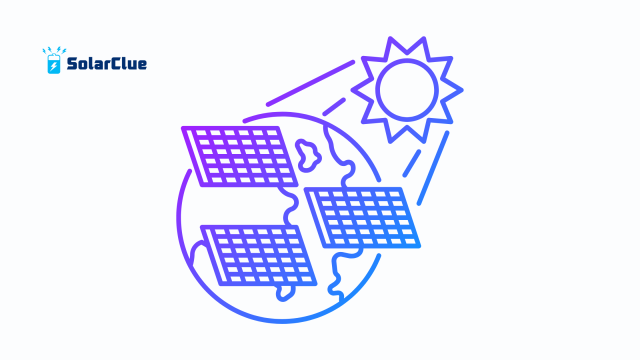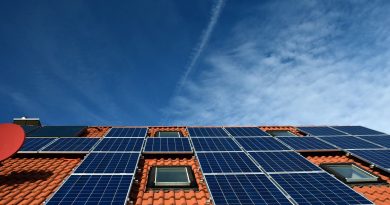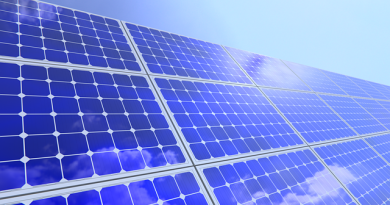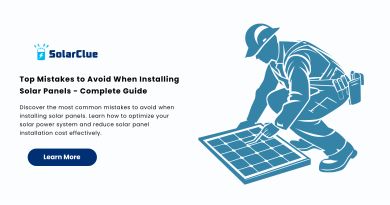How to Connect Solar Panels with an Inverter in an Off Grid System
Solar energy is booming, and understanding how to connect solar panels with an inverter in an off grid system is essential for anyone aiming for energy independence. Whether you’re setting up solar panels for your cabin, RV, or a remote home, ensuring a reliable connection between your solar panel array and inverter is critical for a successful off grid system.
Table of Contents
- 1 Why Go for an Off Grid Solar System?
- 2 Essential Components Needed
- 3 Step-by-Step Guide to Connect Solar Panels with an Inverter
- 4 Key Tips for a Successful Installation
- 5 Understanding Solar Panel Specifications
- 6 Which Solar Panels are Best for an Off Grid System?
- 7 Mistakes to Avoid During Installation
- 8 Maintenance Tips for Long-lasting Solar Systems
- 9 Benefits of Using the Best Solar Panel
- 10 Final Thoughts
- 11 FAQs
Why Go for an Off Grid Solar System?
Choosing an off grid system frees you from dependence on the main power grid. Perfect for remote areas, it allows you to harness clean energy and cut down on utility bills. With the increasing solar panel efficiency, setting up a standalone system has become more accessible than ever.
Essential Components Needed
Before you start, you will need:
- Solar panels
- Charge controller
- Solar inverter
- Battery bank
- Wiring and safety fuses
- Mounting system
Each of these plays a vital role in the entire setup, ensuring your energy system runs smoothly.
Step-by-Step Guide to Connect Solar Panels with an Inverter

1. Calculate Your Energy Needs
First, determine how much energy your household or setup consumes daily. This will help you decide the number of solar panels and the capacity of your solar inverter.
2. Choosing the Right Solar Panels
When selecting a solar panel for home, consider factors like wattage, brand reputation, and solar panel specifications. Some of the best solar panels for your home come with higher solar panel efficiency ratings, ensuring more power output even under limited sunlight.
3. Selecting a Solar Inverter
In an off grid system, the solar inverter transforms DC electricity from the panels into AC electricity usable by home appliances. Make sure your inverter matches or exceeds the wattage produced by your solar panel setup.
4. Installing the Solar Panels
Mount the solar panels where they will receive maximum sunlight, typically a south-facing roof or open land area. Ensure that they are securely fixed to withstand wind and rain.
5. Wiring the Solar Panels to a Charge Controller
Connect the positive and negative terminals of your solar panels to the charge controller. This device regulates the voltage and current from the panels to protect your battery bank from overcharging.
6. Connecting Charge Controller to Batteries
Using appropriate cables, connect the charge controller to your battery bank. This step ensures that the batteries store the solar energy efficiently for later use.
7. Connecting Batteries to the Inverter
Finally, link the battery bank to your solar inverter. The inverter will convert the stored DC energy into AC power, making it suitable for running household appliances.
Key Tips for a Successful Installation
- Always use high-quality wires and fuses to ensure safety.
- Place batteries in a cool, dry place to enhance lifespan.
- Use a multimeter to check voltage at every stage.
- Ensure proper earthing to prevent electrical faults.
Understanding Solar Panel Specifications
It’s important to study the solar panel specifications such as wattage, voltage, current, and efficiency ratings. Understanding these will help you choose the best solar panel suited for your energy needs.
Which Solar Panels are Best for an Off Grid System?
When selecting, prioritize:
- High solar panel efficiency
- Durability and warranty period
- Good temperature coefficient
- Positive customer reviews
For a detailed selection, you can visit solarclue.com where you’ll find a curated list of the best solar panels for your home.
Mistakes to Avoid During Installation
- Skipping the charge controller
- Incorrect inverter sizing
- Poor battery maintenance
- Overlooking grounding and safety measures
Maintenance Tips for Long-lasting Solar Systems
- Regularly clean the solar panels
- Inspect wiring and connections
- Monitor inverter performance
- Check battery water levels if using lead-acid types
Benefits of Using the Best Solar Panel
Using a best solar panel ensures:
- Higher energy yields
- Longer life expectancy
- Better return on investment
- Increased reliability
Final Thoughts
Now you know exactly how to connect solar panels with an inverter in an off grid system. By choosing the right solar panel for home, understanding solar panel specifications, and ensuring a secure connection, you can build a sustainable and efficient power solution.
For more tips and detailed guides, don’t forget to explore blog.solarclue.com and empower your journey towards energy independence!
FAQs
Q1. How do I size my solar inverter for an off-grid system?
Your solar inverter should match or slightly exceed the total wattage produced by your solar panels.
Q2. Can I connect solar panels directly to an inverter?
No, you need a charge controller and a battery bank between them to regulate voltage and store energy.
Q3. How many solar panels do I need for an off-grid home?
It depends on your daily energy consumption and the solar panel efficiency.
Q4. What type of batteries are best for an off-grid solar system?
Lithium-ion batteries are preferred for their longevity and efficiency.
Q5. Is an off-grid solar system worth it?
Absolutely! It provides energy independence, cost savings, and a reduced carbon footprint.
Ready to transform your energy future? Visit solarclue.com today and step into a brighter, greener world!




